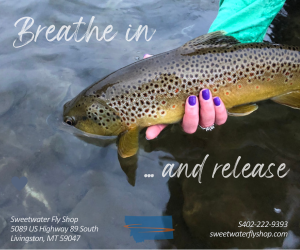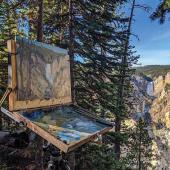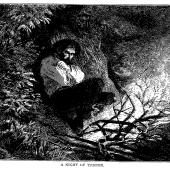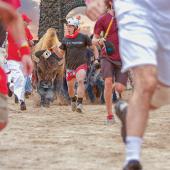Spring in America's Serengeti
The beauty of Lamar Valley.
“And here, too, one learns that the world, though made, is yet being made; that this is still the morning of creation…”–John Muir
Cut deep by glaciers and worn wide by its river, the Lamar Valley of Yellowstone is a creation of spring. Shaped as the continental ice sheets retreated and the first season of spring grass grew on glacial soil, the valley is reborn each spring. Between March and June, the Lamar is a kaleidoscopic landscape—lush green grass advances like a flood tide as the snows recede to the high country. Riverbanks turn deep brown, and the stillness of river ice is replaced by the flash of water across rock. In the long light of early morning, the sage glows an incandescent green. The blue afternoon sky boils with sunlight and storm clouds. The night sky carries a river of stars.

Humans have been drawn to this valley in spring for over 10,000 years. Two-and-a-half hours from Bozeman on the road to Cooke City, the Lamar is a remarkable place in a national park full of superlatives. The Park Service describes this sagebrush-steppe ecosystem as home “to one of the largest and most diverse populations of free-roaming large animals seen anywhere on Earth.” Since the reintroduction of gray wolves, Lamar Valley has offered a glimpse into the complete ecosystem that once stretched across the Great Plains.
This corner of Yellowstone’s northern range is often called the “American Serengeti.” Like the East African ecosystem, this one contains great herds of ungulates and the sharp-fanged carnivores that shadow them. Unlike the African Serengeti, the Lamar is accessible to anyone with a weekend, a car, and a pair of binoculars. The only road open year-round in Yellowstone runs through the belly of the valley. The only other human presence in the valley is the Lamar Buffalo Ranch, home to a Park Service ranger and the multi-day field school programs of the Yellowstone Association Institute.
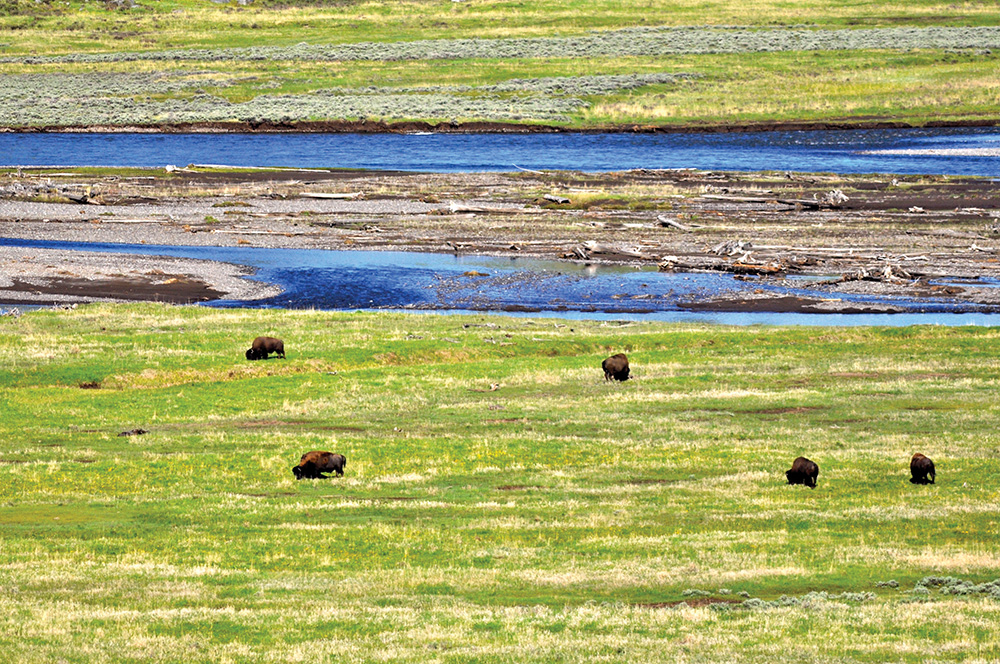
Spring is a season of birth in the valley. In mid-April, bison begin to calve. Elk, fox, deer, bighorn sheep, wolves, and badgers all give birth to their young between mid-March and mid-June. By the summer solstice, the plains of the valley are dotted with bison and elk calves. Bears and wolves feast on the easy prey. From the road, it’s possible to watch the drama of a wolf pack pulling down an elk. Through spotting scopes at the Buffalo Ranch, students have watched a mother grizzly swing her dinner-plate-sized paws to kill a bison calf. The calf’s mother watched from one side of the draw, the bear’s cubs from the other.
In the Lamar, the brown bodies of buffalo form constellations against the green hills. Watching the vast herds with their young, it’s incredible to consider how close the world came to being empty of this animal. From an American population of over 30 million, the number of wild, free-roaming bison had been reduced to as few as 25 in 1907. From 1906 to 1966, efforts to restore wild bison were centered at the Lamar Buffalo Ranch, and now the population in the park is now nearly 4,000.
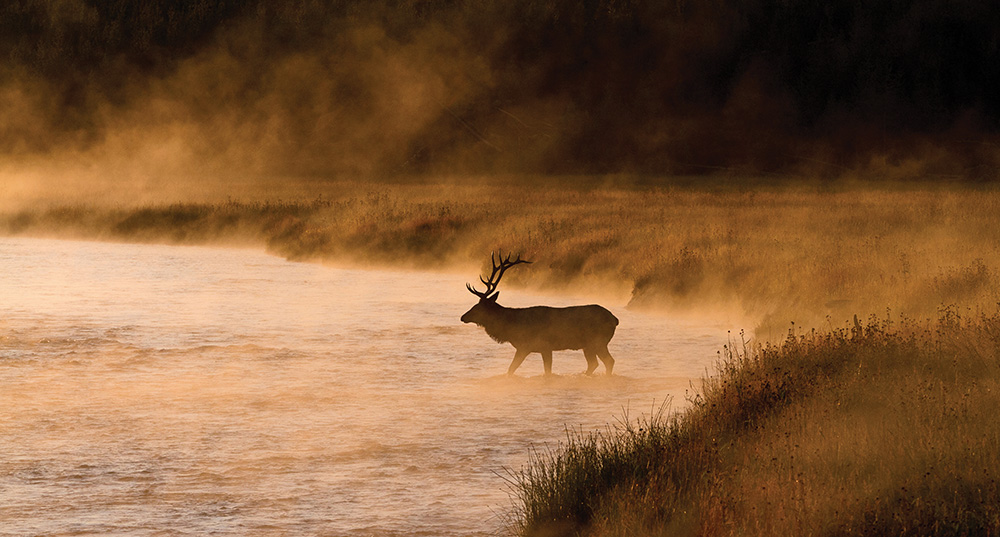
In spring, the Lamar Valley is a place to contemplate resurrection and preservation.
Photos by Mark Weber, Dean Sauskojus, Andrew Wells, Sandy Sisti






